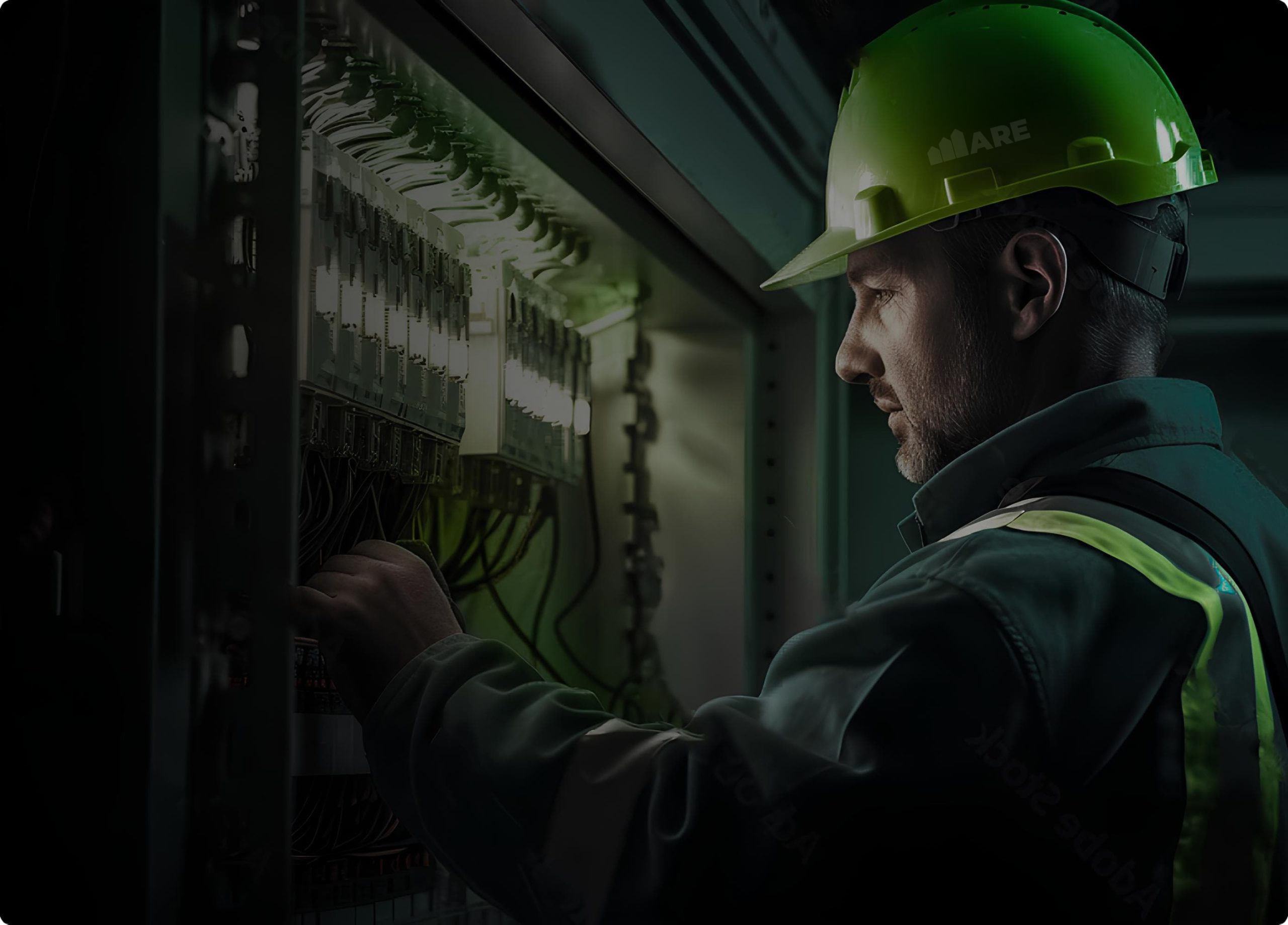Mini electric home lift
Launched in 2010, MINIWATT is a mini home lift with no cabin walls developed with ARE SMART POWER technology. The platform, in fact, is located inside a shaft that can be built in masonry or a metal structure. MINIWATT is the ideal solution for single-family homes and retail businesses, and in general for landings in top floor rooms with low ceilings, like attics or lofts.

MINIWATT is the ideal solution for all rooms where there is not enough space to install a traditional lift. The option of fitting a gate on the top landing floor instead of a classic door makes this model perfect for environments like attics or lofts.
Features of this Mini electric home lift Miniwatt
Energy efficiency, tailor-made design and minimum installation space requirements: MINIWATT is the solution for all situations with limited space.
Tailor-made design
Every Miniwatt model is unique.
Our experience allows us to meet the needs of any customer as our solutions offer not only customised dimensions but a customised design too. We can recommend the most suitable materials and colours to ensure every lift is in perfect harmony with the environment around it.
Discover ARE SMART-POWER technology
Display Smart
Mini electric home lift Miniwatt compared to other ARE models

Are you an installer or dealer interested in the Mini electric home lift Miniwatt?
Frequently asked questions
On the top landing floor can only a gate be installed?
No, a traditional 2000 mm high door can also be installed.
Why is MINIWATT perfect for installations in environments like attics or lofts?
The minimum distance required between the floor and ceiling of the top floor (technically called “headroom”) is just 2000 mm. This makes MINIWATT the ideal solution for all environments like attics or lofts where a traditional lift cannot be installed.
Can the lift travel faster than 0.15ms?
No, according to the Machinery Directive 2006/42/EC, the speed of home lifts in EU countries cannot exceed 0.15m/s.
How much energy is saved with the photovoltaic panel?
Our SOL-ARE technology optimises battery charging using the solar energy produced by a photovoltaic panel. The system automatically selects the ideal energy source (grid or photovoltaic panel) in order to minimize the amount of energy drawn from the grid, right down to a consumption level of ZERO.
How many runs can be made in the event of a power failure?
With the batteries charged and under optimal usage conditions, up to 60 runs can be made. This ensures efficient service even during a blackout.
How long do the batteries last? How much do they cost?
The main power supply for our ARE systems is based on the use of lead-acid batteries, which are widely used in the automotive world. They guarantee a long service life, low costs and excellent performance. Like all batteries, they have a lifecycle, which is long and can be replaced for a limited cost.
What are the benefits of your electronic load weighing system?
Normally, the electronics for reading the load sensor are positioned on the cabin roof, so that is where the calibration procedure has to be conducted. This means the technician has to take care not to include their own weight in the measurements. It also means that for any information about the weight in the cabin you always have to climb onto the roof. In our system, on the other hand, the load sensor reading electronics are still positioned on the cabin roof, but they are connected to the control panel. So, all operations (calibrations, cabin weight readings, fault diagnoses etc.) are carried out from our Smart-Chopper board, i.e. the control panel.
What happens if the batteries go flat?
The batteries are monitored by a system that checks their status and stops the lift when the batteries are not sufficiently charged. If this happens during a run, the system ends the run and remains stopped at that floor while it recharges. As soon as the batteries are sufficiently charged, the system starts working normally again. We can assure the customer that this type of situation occurs only very rarely because the batteries are sized according to a number of insertions per hour that the lift is unlikely to ever perform.


